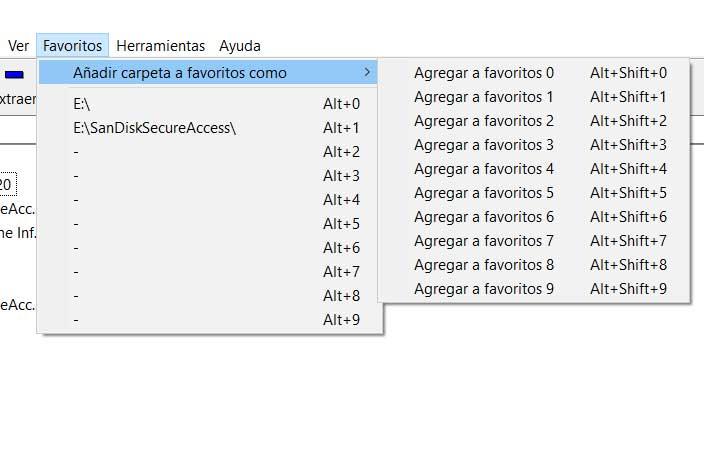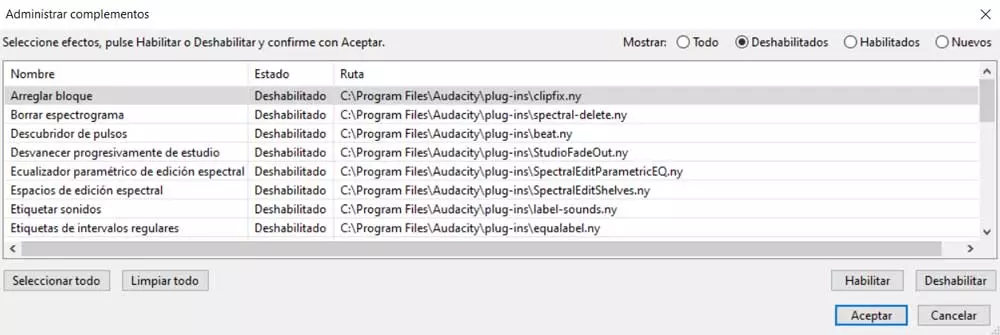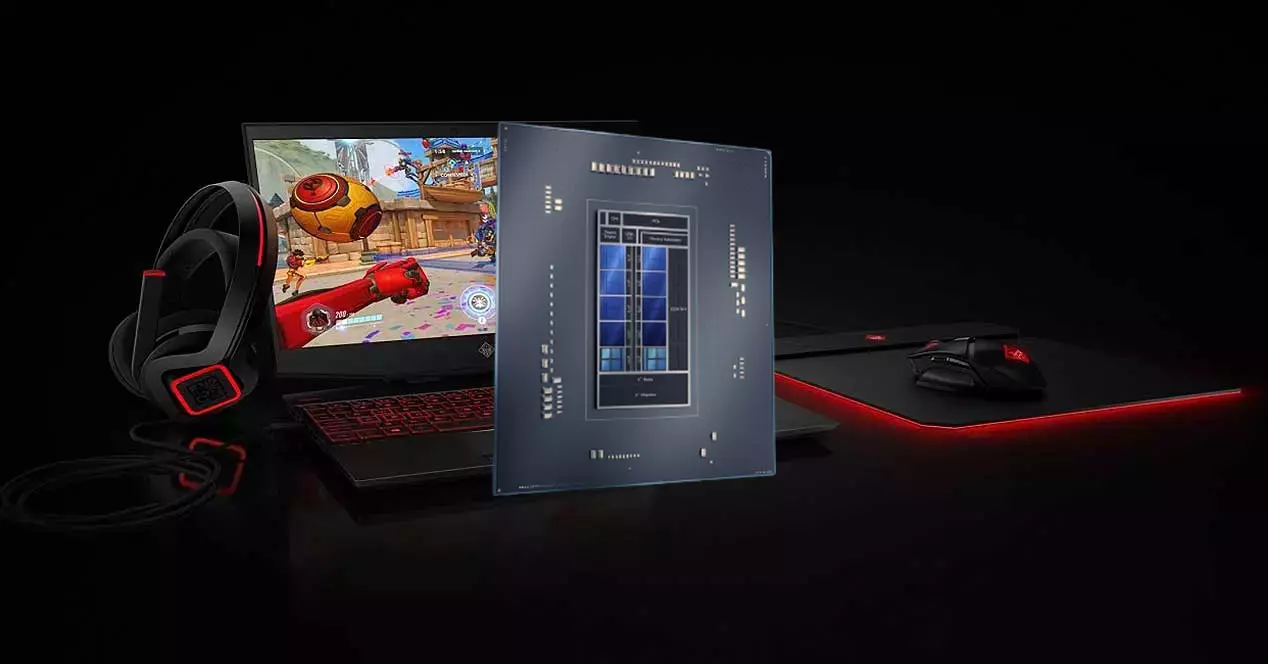
Desktop CPUs under the Zen 4 architecture should already be in stores by the end of this year, if there is no last-minute delay. These will be launched under the trade name of AMD Ryzen 7000 and their TDP has been revealed through of a filtration. Will the specifications be maintained with respect to your current processors or will there be important changes?
The move to Zen 4 architecture by AMD is a much bigger challenge than the previous ones. We are not only talking about the launch of a new processor on the market, but also the support for a new socket and with them new motherboards. Which means for its users a more expensive update than in previous generations of Ryzen processors.
This is due to the support of new standards and technologies, especially the DDR5 memory and PCI Express 5.0 buses. Which by their nature require the design of new motherboards and a new chipset to be used. And if we add to this that the next generation of graphics cards with the PCIe Gen 5 connector will force the purchase of new power supplies, with greater power, it is normal that the ryzen 7000 tdp has risen. But just how much hotter will AMD’s next-gen CPUs get?
170 W is the maximum TDP that the AMD Ryzen 7000 will reach
At least this is what we have been able to find out through one of the well-known and reputable information leakers, Greymon55, who through a Tweet has dropped that the TDP of the Ryzen 700 with 16 cores will be 170 Wwhile the version of 12 cores will maintain the already classic 105 W in the specifications that we have already seen in the current generations of AMD Ryzen processors that are currently on the market. We will also see nuclei 65W.
Taking into account that AMD announced a speed in Boost of more than 5 GHz for all cores During the CES presentation, it is normal to expect an increase in TDP. Which will mean that new heatsinks should appear on the market for the high-end core of the Ryzen 7000. On the other hand, we cannot forget that the processors for socket AM5 like the one we are dealing with now will be compatible with current AM4 AIO heatsinks and radiators.
The Ryzen 7000 is the natural successor to the Ryzen 5000, so it will be a CPU made up of several chips on the same substrate. So we are faced with a chiplet-type configuration. Where the cores and their caches will be found on a chip in groups of up to 8 cores with shared L3 cache. And the integrated memory controller or IMC on a separate chip baptized as IOD, which is responsible for requests to the RAM and chipset of the motherboard.
The launch of the Ryzen 7000 with Zen 4 architecture is expected by the end of the year and will coincide in stores with the Intel Core 13 based on Intel’s Raptor Lake architecture.




